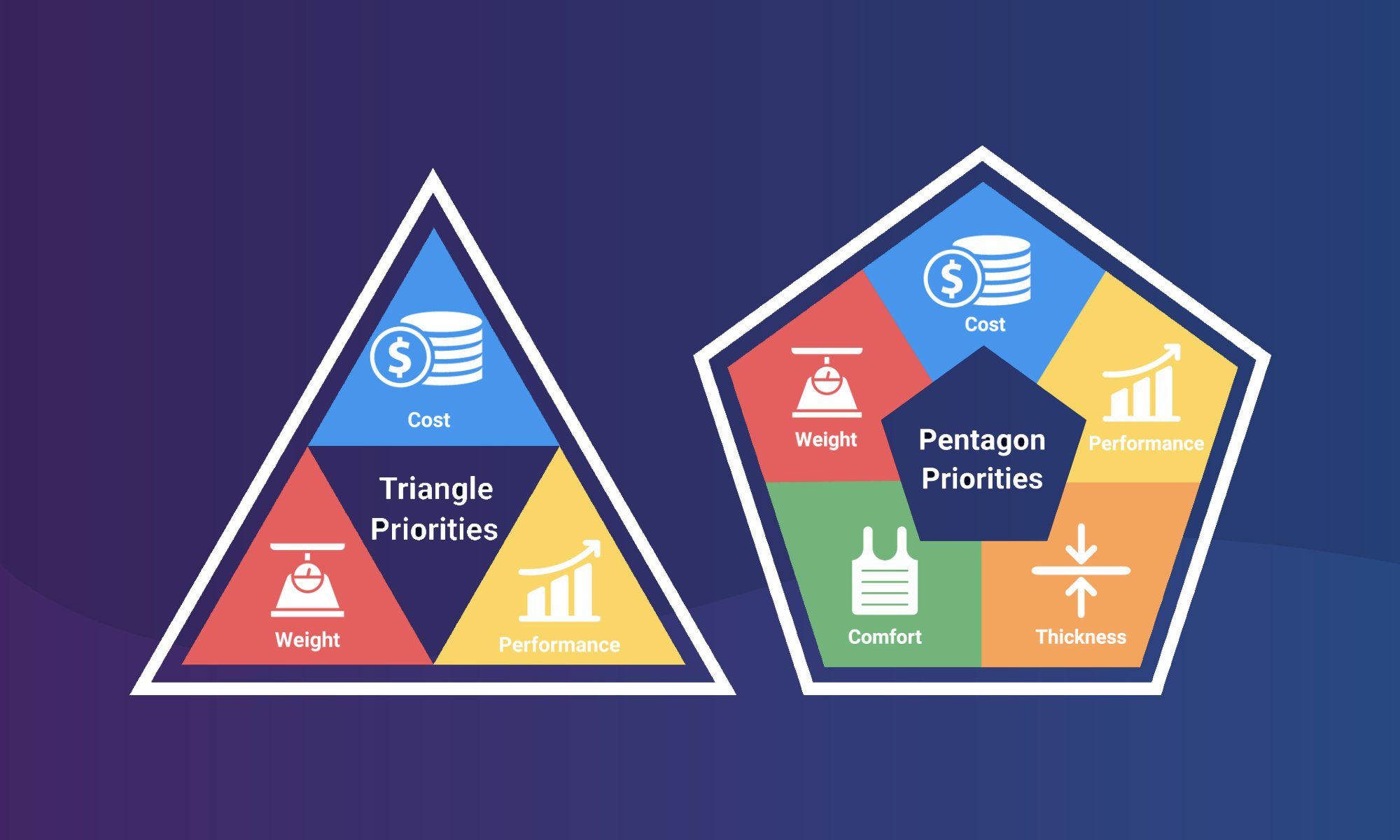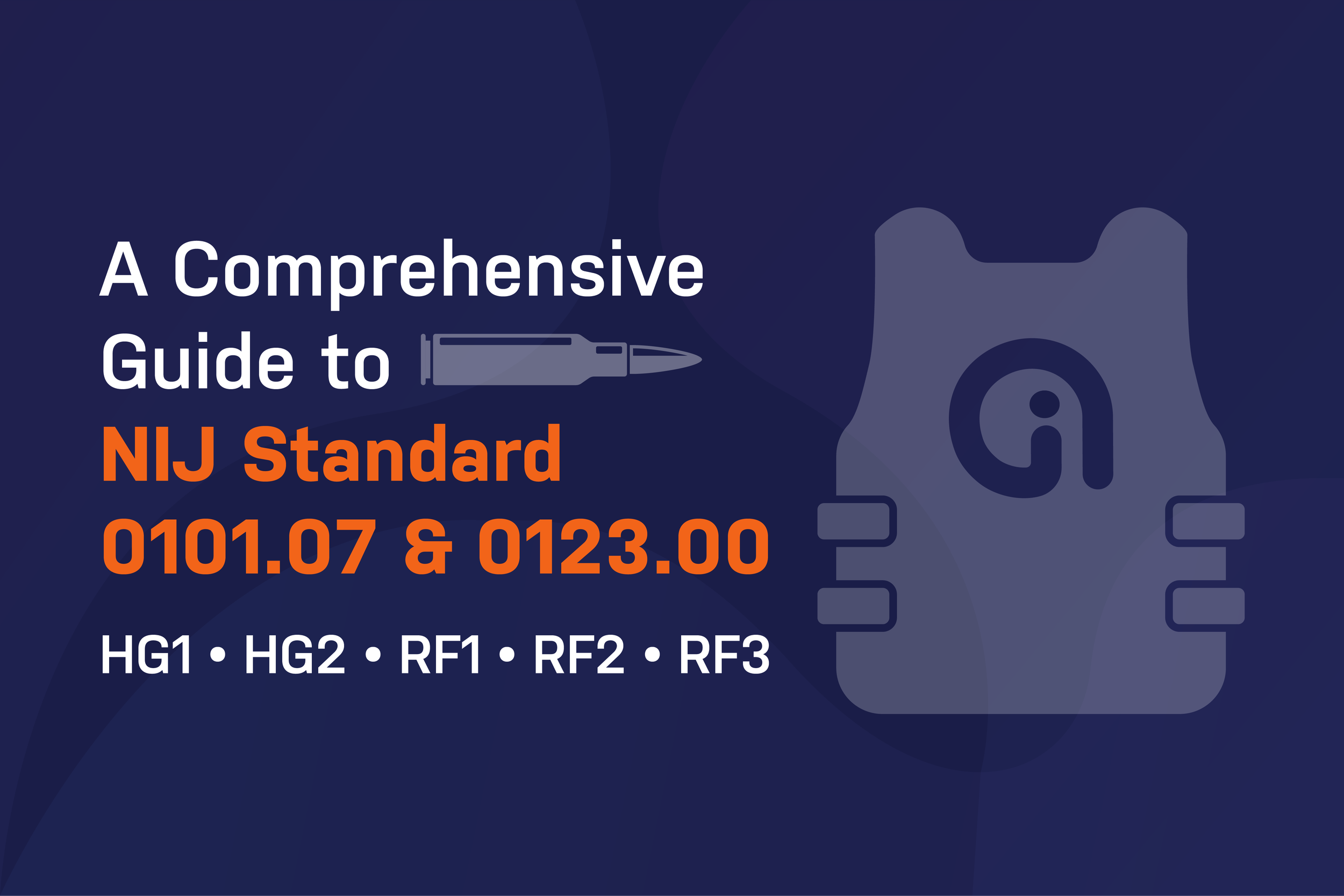
How to Spot High-Quality Body Armor: A Buyer’s Checklist
Choosing body armor is a critical decision that directly impacts your safety in high-stakes situations. Whether you’re a professional or civilian, understanding what sets high-quality armor apart is essential. This comprehensive buyer’s checklist guides you through evaluating certifications, materials, threat compatibility, and manufacturer reputation. By avoiding common pitfalls and recognizing red flags, you can confidently invest in armor that provides reliable, life-saving protection.

Red Flags to Watch Out for When Purchasing Body Armor: A Guide for First Responders
First responders rely on body armor for crucial protection in high-risk scenarios, making it vital to ensure the highest safety and quality standards in procurement. This guide highlights potential red flags in purchasing body armor, including lack of NIJ certification, poor material quality, inadequate manufacturing standards, and questionable seller credibility. By understanding these red flags and following best practices such as verifying certifications, scrutinizing material details, ensuring adherence to manufacturing standards, and researching seller reputations, procurement officers can avoid substandard products and secure reliable protection for their personnel. Real-world case studies further underscore the importance of vigilance in body armor procurement.

Body Armor Recycling Programs: Sustainable Solutions for Law Enforcement and Military Gear
Body armor recycling programs offer sustainable solutions by collecting, sorting, and repurposing materials like Kevlar, UHMWPE, and ceramics from expired gear. These programs reduce environmental hazards, conserve resources, and create jobs. Initiatives by Ballistic Recycling International and Fiber Brokers International demonstrate the effectiveness of recycling, contributing to a safer and more sustainable future for law enforcement and military communities. Embracing these programs ensures body armor not only protects lives but also supports environmental and economic well-being.

Understanding Ballistic Test Lab Reports: What to Look For in Supplier's Data
Ballistic test lab reports stand as pivotal resources in the evaluation of personal protective equipment, notably body armor, where the stakes involve life and death. These reports provide a detailed analysis of a product's resilience against ballistic impacts, essential for manufacturers, suppliers, and end-users alike. By understanding the nuances of these reports, stakeholders can make informed decisions to ensure the reliability and effectiveness of protective gear in real-world scenarios. Key elements within these reports, such as compliance with standards, detailed methodologies, and expert analysis, serve as crucial indicators of a product's safety and performance, guiding stakeholders towards the most reliable and trustworthy options in the market.

2024 Guide to Global Ballistic Standards: Essential Insights for Body Armor
This article explores global ballistic standards crucial for designing body armor across military, law enforcement, and civilian sectors. Examining major standards such as NIJ, ASTM, UL, VPAM, TR, HOSDB, GOST, and GA141, we dissect their protection levels, addressable threats, and practical implications. Intended for manufacturers, policymakers, and end-users, this resource emphasizes the need for informed decision-making in adapting to evolving ballistic threats. Our analysis aims to enhance understanding of global standards shaping the safety and effectiveness of body armor in diverse environments.

The Evolution of Body Armor Design: Beyond the Triangle to a Pentagon of Priorities
For decades, the design and development of body armor have been dominated by a seemingly straightforward trade-off among three critical factors: weight, cost, and performance. This traditional view, often visualized as a triangle, has guided manufacturers in making decisions that balance these competing demands. However, the reality of body armor design is far more complex. Today, experts and manufacturers recognize that a successful protective platform is better represented by a pentagon that includes two additional, equally crucial factors: thickness and comfort. This article explores the five keys to a successful protective platform, revealing why it's time to move beyond the triangle to embrace a more nuanced and comprehensive approach.

NIJ Advisory Notices and NIJ Safety Notices to Law Enforcement and Corrections Agencies
The NIJ Compliance Testing Program (CTP) is vital for ensuring safety in law enforcement and corrections. Manufacturers voluntarily participate, demonstrating their commitment to quality. Advisory and Safety Notices play a crucial role, temporarily or immediately addressing concerns with body armor models. Understanding these notices is essential for manufacturers and end-users. Adherence to NIJ standards grants manufacturers a recognized mark of quality. The NIJ CTP's dynamic approach keeps standards current and effective in challenging environments. IntelAlytic supports adherence to compliance, prioritizing the long-term safety of body armor models and those who serve our communities.

Comprehensive Body Armor Care Guide: Proper Use, Maintenance, and Storage Techniques
This guide consolidates expert knowledge and industry best practices for maintaining body armor. Focused on soft armor, hard armor, ballistic helmets, and shields, it provides detailed instructions for ensuring their optimal performance and durability. Law enforcement officers are advised to conduct regular visual inspections of their body armor to check for any signs of damage, such as rips, excessive wear, or other forms of degradation.

Advancing Ballistic Resistance of Body Armor: A Comprehensive Guide to NIJ Standard 0101.07 and NIJ Standard 0123.00
Dive into the latest NIJ Standards 0101.07 and 0123.00 with experts Mike Bundy and John Atkins from IntelAlytic. This expert-authored guide offers a comprehensive analysis, providing insights and interpretations based on their deep understanding of body armor and ballistic-resistant materials and platforms. Tailored for industry professionals, law enforcement, and first responders, this guide goes beyond technicalities. It aims to provide a clear understanding of these standards' pivotal role in enhancing safety and protection against evolving threats.

Digital ADA Compliance in Defense and Public Safety Is A Critical Mandate
Examine digital ADA compliance intricacies, particularly in safety-critical industries. Global companies must prioritize adherence to guidelines. These standards aim for universal user-friendliness, regardless of physical abilities. Working with accessibility experts and regular user testing can boost digital accessibility. Legal actions against defense and public safety organizations for ADA non-compliance have surged recently, driven by various factors.

